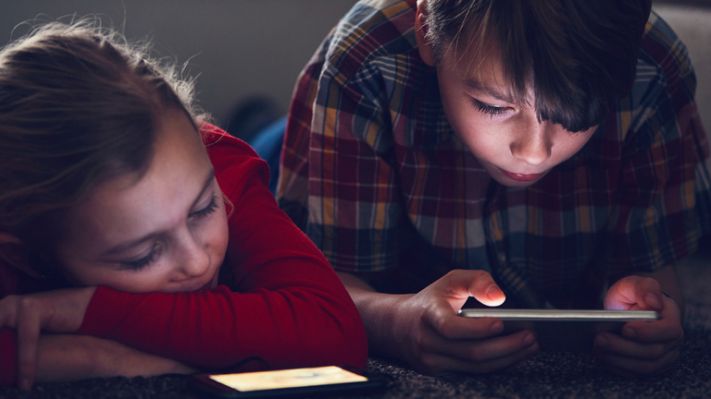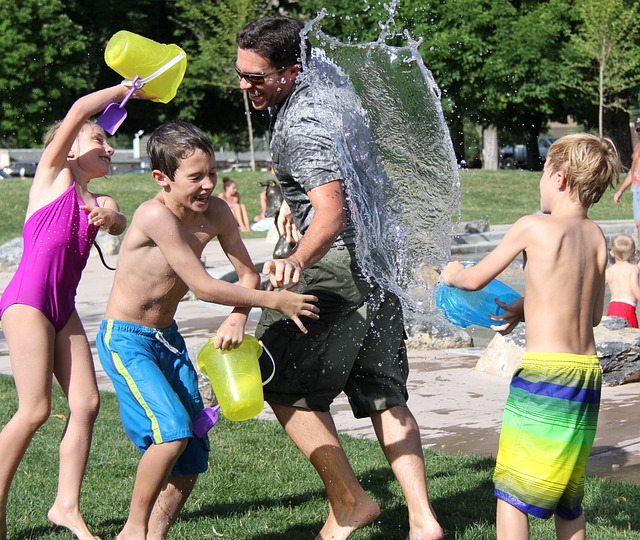Children grow up communicating with technology alongside learning to speak, read, and write in their native languages. While it may look like your child is simply playing around with an iPad or mobile phone, take a closer look and you’ll see the skills that your child develops while using these tools. Here we look at bridging the online and offline divide.
Adapting to the environment
The way we express ourselves varies depending on the environment we are in. For example, would you wear your gym clothes to your office job? Do you write your professional emails the same way you write a text message to your friend? As described by scholar Marshall McLuhan, “the medium is the message.” On digital platforms, your child learns to listen to social cues and adapt across platforms. When they jump quickly between their homework, texting app to a video game or Instagram, they will adjust their use of language and self-expression accordingly.

As a result, children also learn what is appropriate to say online and what is more suitable for in-person conversation. For example, wouldn’t it feel a bit odd to say “lol” out loud when you hear a joke? Digital spaces have provided us with another dimension to explore how to express ourselves most effectively.
Emotional expression: do emojis count?

Visual language symbols have a long history in human communication. In the last few years, psychologists and researchers have taken an interest in our use of emojis (or emoticons) as a form of emotional expression. When words aren’t enough to express how we feel, we can now turn to emojis. This can be especially useful for younger kids who are just learning how to express their feelings. If they can’t find the right word, they can pick a visual symbol to convey how they feel about something.
Presenting themselves online
Through online platforms or games, children have an opportunity to express their identities in unique ways. In some multiplayer online games, players are asked to build out detailed avatars to represent themselves. Whereas, social media platforms often come with space for users to input a “bio” or a few sentences to describe themselves.
These spaces provide an opportunity for kids to start learning how to present themselves online. For better or worse, children learn to craft messages and curate what they share online ultimately reflecting who they are.

Creating avatars or writing profile descriptions require us to consider how we want to be perceived by others. Combined with learning what is appropriate to say on different platforms, crafting an identity online may aid children in recognizing their interests, passions, and skills.
Bonus : They become budding storytellers
A large feature of online platforms today is user-generated content. This means children are not merely consumers, but they are content creators too. Content creation, whether it be videos for YouTube or stories for Instagram, provide your child with an opportunity to become better storytellers.















